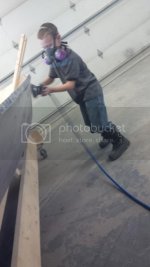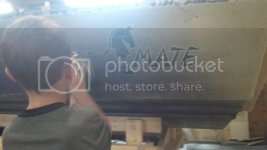timapexcomputer
Well-known member
No just talked to them again. Tape is all they can get. I get all my epoxy from them too. You would think this would be easy. I can get as much CSM as I want at the auto parts store, but no one in town has biax or roving. Guess there is not a lot of boat resto round here.
Ordering looks like the only option and its going to be costly
Ordering looks like the only option and its going to be costly




